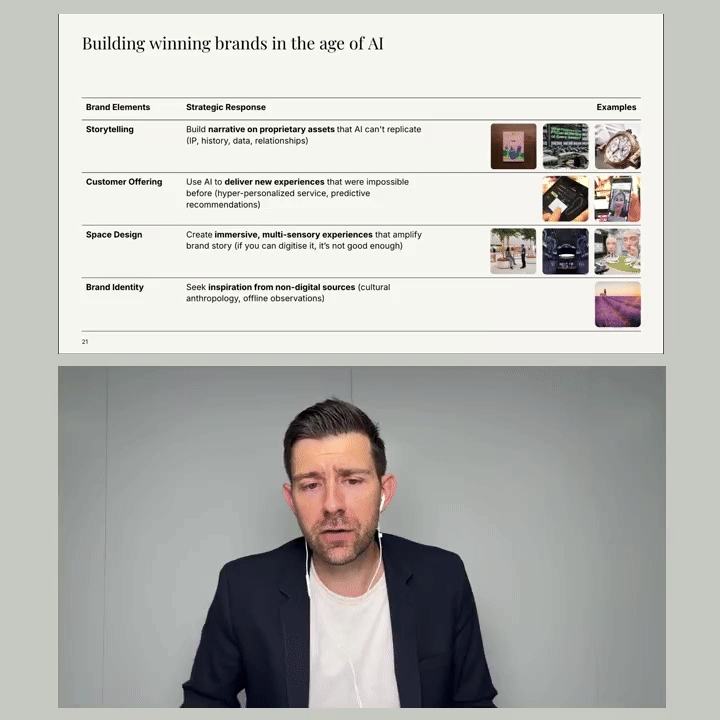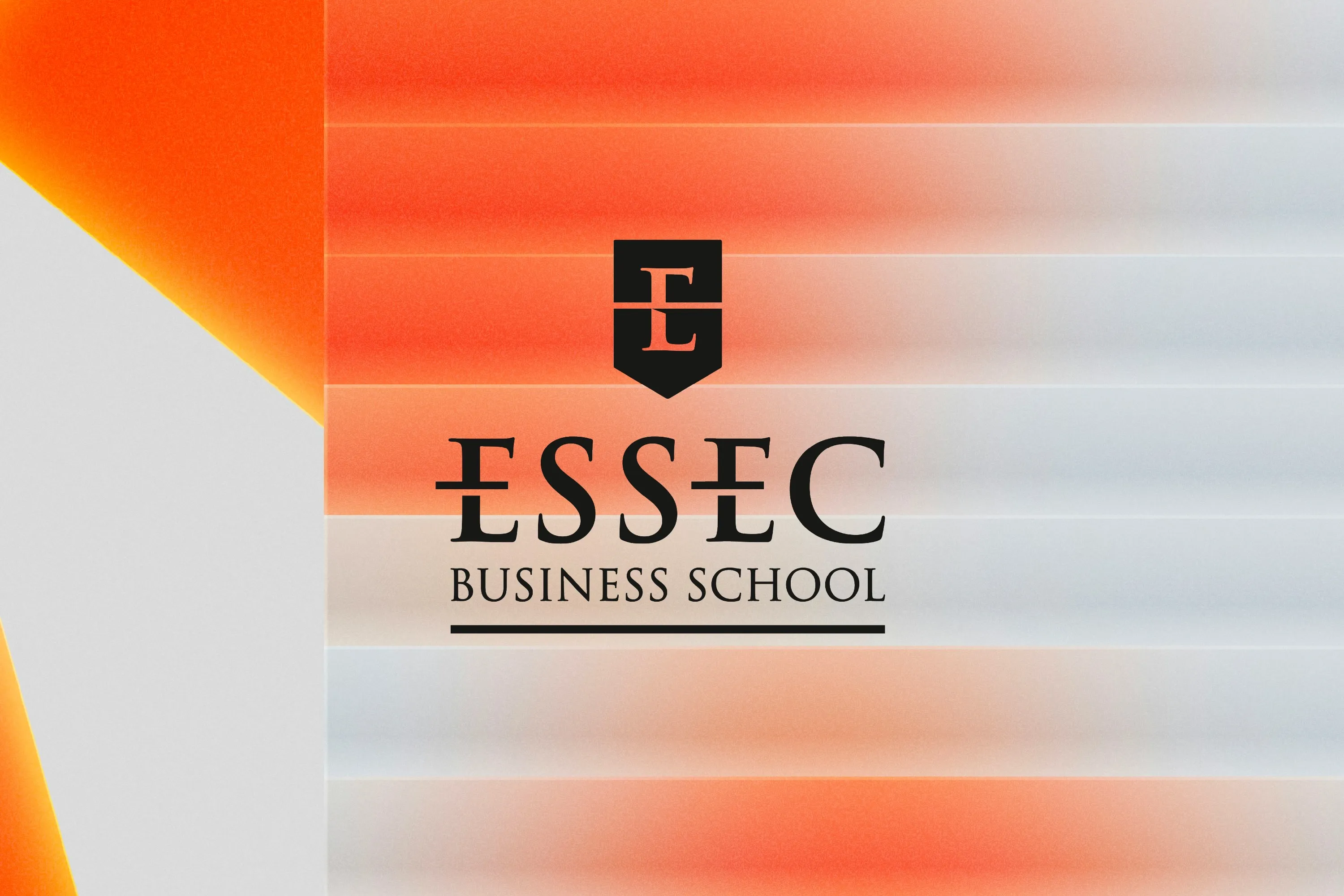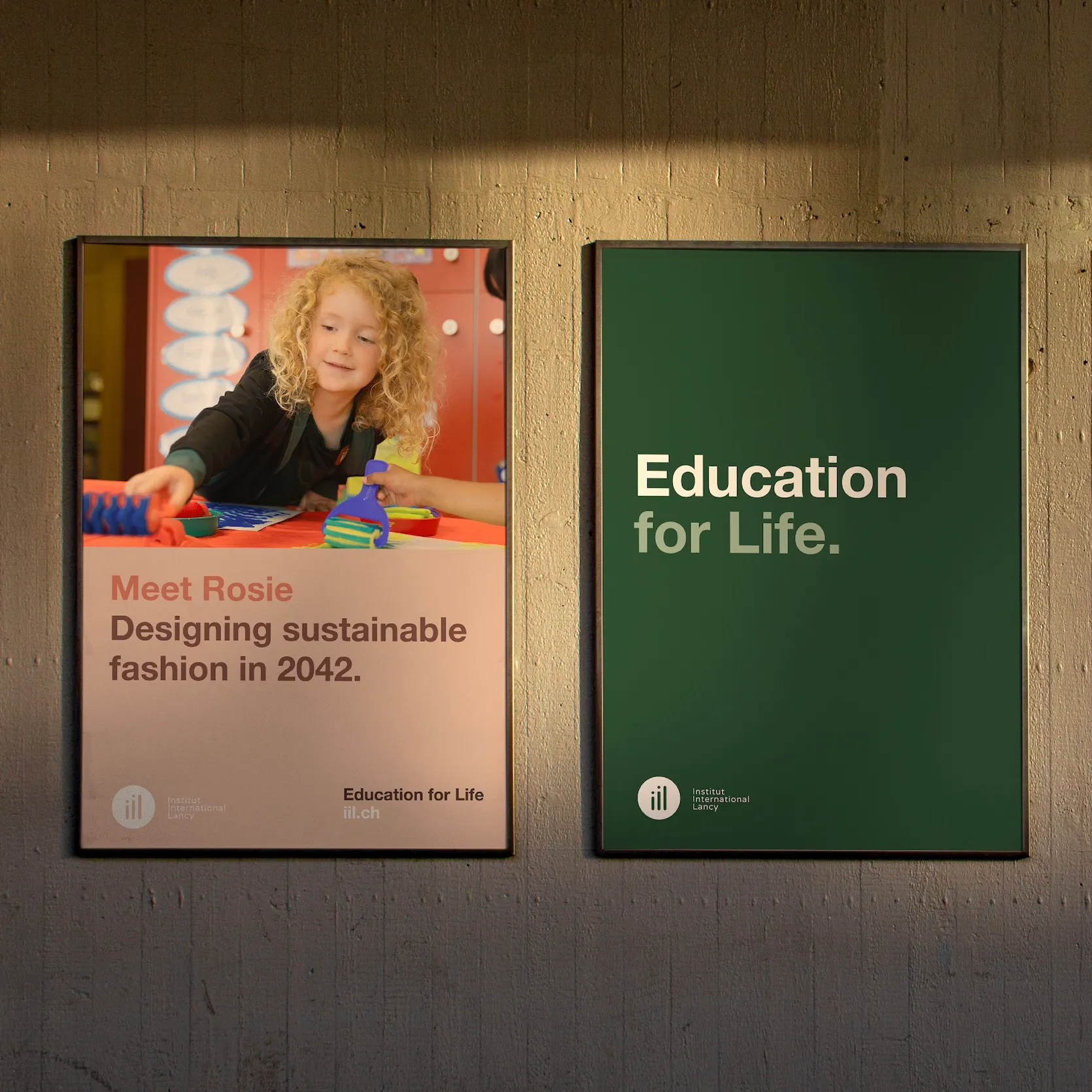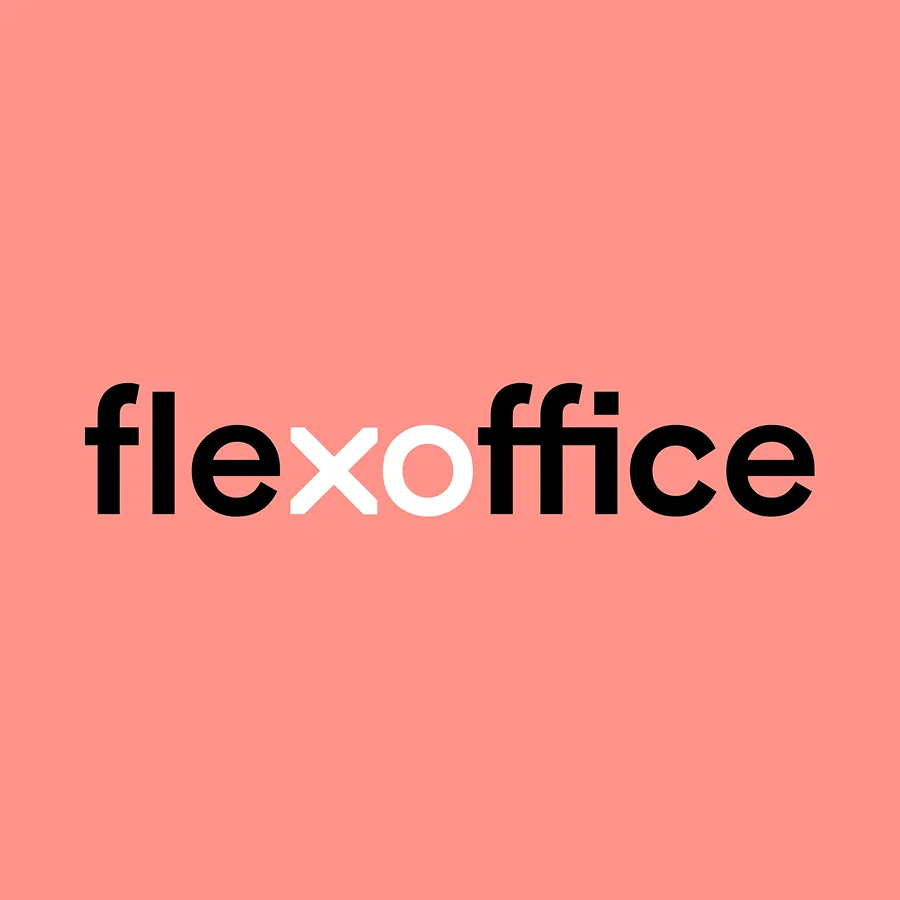5 Proven Strategies to Build a Winning Education Brand
Educational institutions today face unprecedented competition, not just from each other, but from entirely new learning formats, from MOOCs (Massive Open Online Courses) to microcredentials. We share 5 essential brand strategies we’ve developed and applied to help educational institutions differentiate themselves, attract students, and stay relevant.

Over the years, we at Creative Supply have worked with a range of forward-thinking educational institutions to help them navigate the new reality. From rebranding the EPFL EMBA in Lausanne to repositioning the Geneva School of Business (HEG) EMBA, we’ve seen the industry shift from tradition-led to market-driven. One insight stands out: Branding is no longer a luxury for educational institutions. It’s a necessity.
1. Start with a Binding Idea, Not Just a Logo
A brand is more than a visual identity, it’s the strategic articulation of what an institution stands for. Without a clear central idea, any design or marketing effort remains superficial. When Babson College in Boston decided to anchor its brand around entrepreneurship, they went beyond messaging. They aligned their curriculum, faculty recruitment, and events with this positioning. The result? A first-place ranking in entrepreneurship by the Financial Times.
At Creative Supply, we applied the same principle to the EPFL EMBA. Through the workshops with their leadership team, we identified a unique intersection between innovation and management. This insight led to the brand positioning of “Harnessing Innovation”, which became both a tagline and a guiding light for communications, recruitment, and program development. A strong binding idea helps internal teams align and external audiences connect. And in the education sector, clarity breeds credibility.

2. Involve the Whole Community, Not Just the Marketing Team
We have seen that branding in education cannot be achieved through top-down mandates alone. Instead, it requires collaboration across departments, faculties, and generations. Unlike corporate branding, educational branding must reflect a diverse set of stakeholder expectations, from students and parents to alumni, academic staff, and recruiters. Skipping this essential step often leads to resistance, diluted outcomes, and branding that feels inauthentic.
At HEG Geneva, we created a participatory branding process that included students, faculty, and administration. The result was a brand that everyone could recognise as their own. For education brands to thrive, they must be co-created. This not only builds internal alignment, but also ensures that the resulting brand resonates across all touchpoints, from student onboarding to alumni engagement.

3. Make the Experience Part of the Brand
Branding doesn’t stop at the website or brochure, it’s lived through the student experience. Every touchpoint, from the admissions email and lectures to the graduation ceremony, shapes how an institution is perceived. This is where branding meets experience design. Schools need to approach their services with the same intentionality as their communications.
Take the Ecole hôtelière de Lausanne (EHL). With a vast alumni network of over 25,000 graduates in 120 countries, EHL has created a powerful brand ecosystem. Its alumni chapters actively organise events, mentor students, and promote the school globally — making the brand experience extend far beyond campus. That’s not a coincidence; it’s strategic. Institutions looking to build authority must shape not only what they say, but what people feel, do, and share as part of the school community.

4. Bridge Strategy with Design and Digital Execution
To bring a brand to life, institutions must translate their brand strategy into brand design and digital experiences. Whether it’s an admissions portal, a course landing page, or a virtual open day, the user journey must reflect the brand promise. Design isn’t just aesthetics, it’s functionality, tone, and clarity.
At Creative Supply, we work with clients to align their digital design with their branding goals. That might mean rebuilding a website to reflect a more premium program offering, or redesigning internal slide decks to support admissions teams. For schools and universities to compete today, their digital and physical brand presence must be coherent, professional, and user-centric.
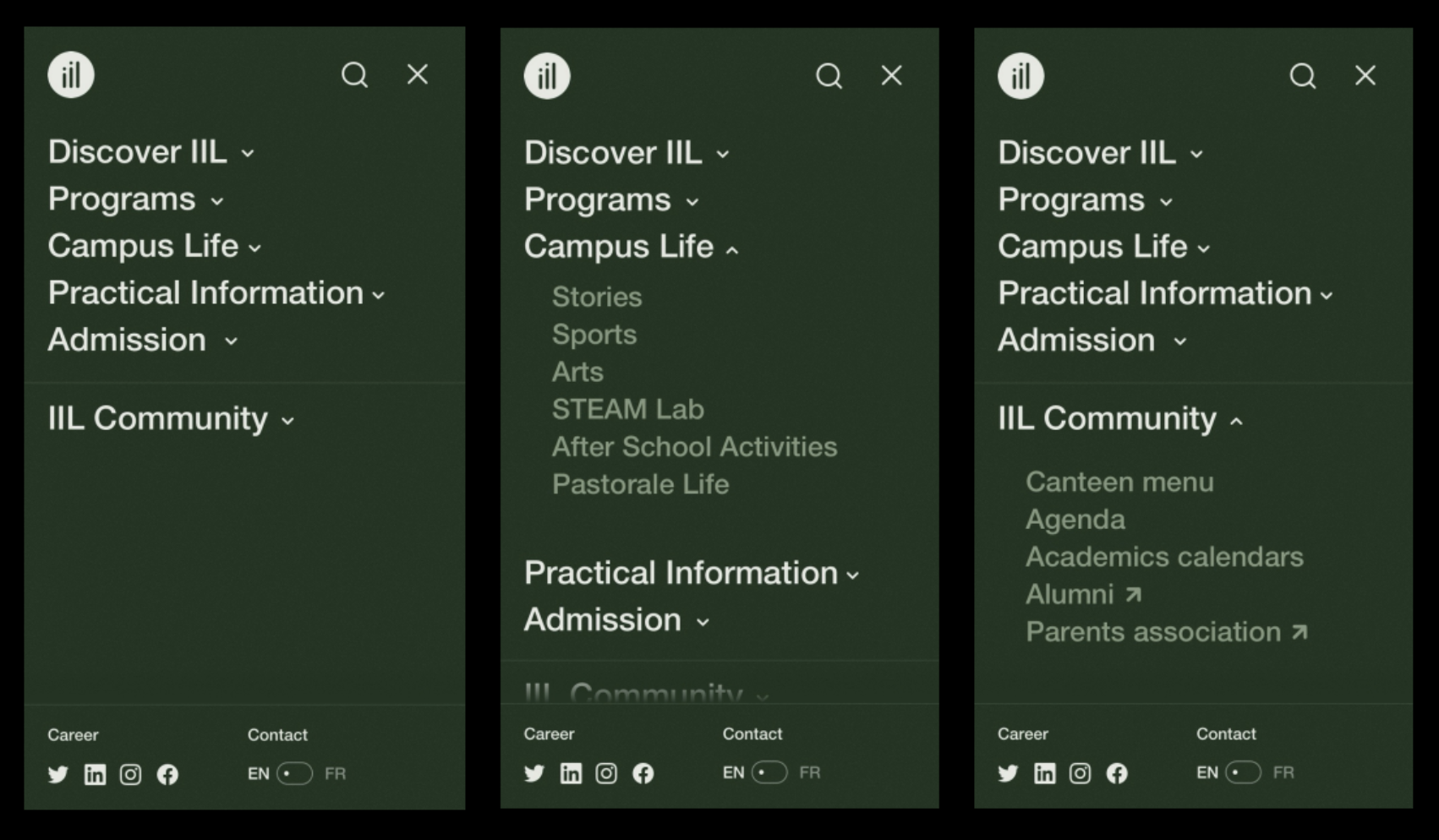
5. Train the Ambassadors of Your Brand
No education brand is complete without its people. Professors, student recruiters, administrative staff, they are the human face of your brand. Yet many are unaware of the role they play. Executive training is a critical (and often overlooked) part of successful branding. When staff understand the brand positioning, they communicate with more clarity and consistency. When they don’t, the brand becomes fragmented and diluted.
That’s why we encourage education clients to integrate brand training into onboarding programs and leadership development. This helps create a shared language around the brand, ensures smoother external communications, and strengthens internal culture.
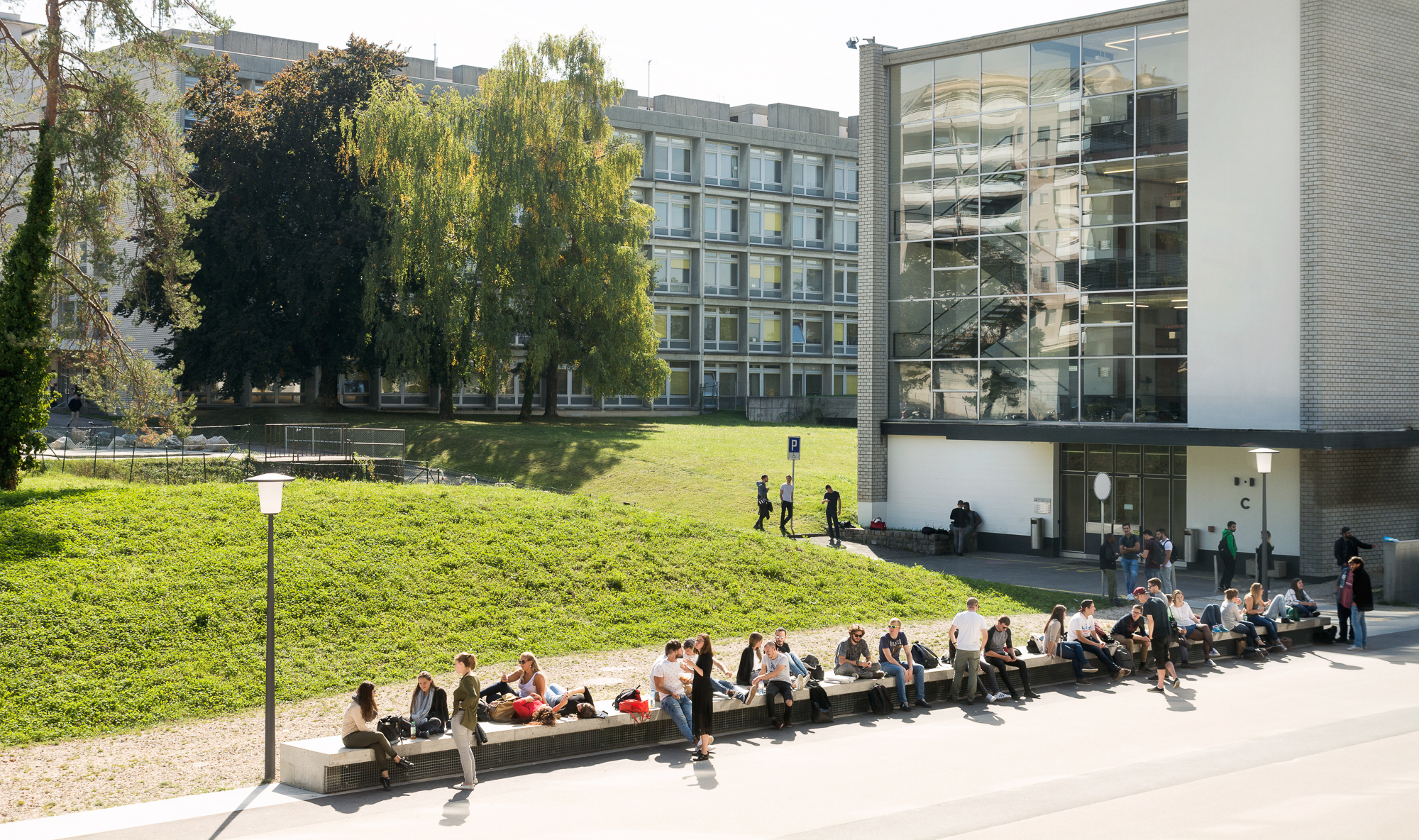
Final Thoughts
As the education landscape continues to evolve, educational institutions must ask themselves: What do we stand for? Why should students choose us? And how can we consistently deliver on that promise?
Looking to Refresh Your Education Brand?
At Creative Supply, we help educational institutions build distinctive brand identities and experiences that will prepare them for the future.
👉 Contact us to discuss how we can help to take your education brand to the next level.
5 Proven Strategies to Build a Winning Education Brand



5 Proven Strategies to Build a Winning Education Brand
Educational institutions today face unprecedented competition, not just from each other, but from entirely new learning formats, from MOOCs (Massive Open Online Courses) to microcredentials. We share 5 essential brand strategies we’ve developed and applied to help educational institutions differentiate themselves, attract students, and stay relevant.
Over the years, we at Creative Supply have worked with a range of forward-thinking educational institutions to help them navigate the new reality. From rebranding the EPFL EMBA in Lausanne to repositioning the Geneva School of Business (HEG) EMBA, we’ve seen the industry shift from tradition-led to market-driven. One insight stands out: Branding is no longer a luxury for educational institutions. It’s a necessity.
1. Start with a Binding Idea, Not Just a Logo
A brand is more than a visual identity, it’s the strategic articulation of what an institution stands for. Without a clear central idea, any design or marketing effort remains superficial. When Babson College in Boston decided to anchor its brand around entrepreneurship, they went beyond messaging. They aligned their curriculum, faculty recruitment, and events with this positioning. The result? A first-place ranking in entrepreneurship by the Financial Times.
At Creative Supply, we applied the same principle to the EPFL EMBA. Through the workshops with their leadership team, we identified a unique intersection between innovation and management. This insight led to the brand positioning of “Harnessing Innovation”, which became both a tagline and a guiding light for communications, recruitment, and program development. A strong binding idea helps internal teams align and external audiences connect. And in the education sector, clarity breeds credibility.

2. Involve the Whole Community, Not Just the Marketing Team
We have seen that branding in education cannot be achieved through top-down mandates alone. Instead, it requires collaboration across departments, faculties, and generations. Unlike corporate branding, educational branding must reflect a diverse set of stakeholder expectations, from students and parents to alumni, academic staff, and recruiters. Skipping this essential step often leads to resistance, diluted outcomes, and branding that feels inauthentic.
At HEG Geneva, we created a participatory branding process that included students, faculty, and administration. The result was a brand that everyone could recognise as their own. For education brands to thrive, they must be co-created. This not only builds internal alignment, but also ensures that the resulting brand resonates across all touchpoints, from student onboarding to alumni engagement.

3. Make the Experience Part of the Brand
Branding doesn’t stop at the website or brochure, it’s lived through the student experience. Every touchpoint, from the admissions email and lectures to the graduation ceremony, shapes how an institution is perceived. This is where branding meets experience design. Schools need to approach their services with the same intentionality as their communications.
Take the Ecole hôtelière de Lausanne (EHL). With a vast alumni network of over 25,000 graduates in 120 countries, EHL has created a powerful brand ecosystem. Its alumni chapters actively organise events, mentor students, and promote the school globally — making the brand experience extend far beyond campus. That’s not a coincidence; it’s strategic. Institutions looking to build authority must shape not only what they say, but what people feel, do, and share as part of the school community.

4. Bridge Strategy with Design and Digital Execution
To bring a brand to life, institutions must translate their brand strategy into brand design and digital experiences. Whether it’s an admissions portal, a course landing page, or a virtual open day, the user journey must reflect the brand promise. Design isn’t just aesthetics, it’s functionality, tone, and clarity.
At Creative Supply, we work with clients to align their digital design with their branding goals. That might mean rebuilding a website to reflect a more premium program offering, or redesigning internal slide decks to support admissions teams. For schools and universities to compete today, their digital and physical brand presence must be coherent, professional, and user-centric.

5. Train the Ambassadors of Your Brand
No education brand is complete without its people. Professors, student recruiters, administrative staff, they are the human face of your brand. Yet many are unaware of the role they play. Executive training is a critical (and often overlooked) part of successful branding. When staff understand the brand positioning, they communicate with more clarity and consistency. When they don’t, the brand becomes fragmented and diluted.
That’s why we encourage education clients to integrate brand training into onboarding programs and leadership development. This helps create a shared language around the brand, ensures smoother external communications, and strengthens internal culture.

Final Thoughts
As the education landscape continues to evolve, educational institutions must ask themselves: What do we stand for? Why should students choose us? And how can we consistently deliver on that promise?
Looking to Refresh Your Education Brand?
At Creative Supply, we help educational institutions build distinctive brand identities and experiences that will prepare them for the future.
👉 Contact us to discuss how we can help to take your education brand to the next level.
Download5 Proven Strategies to Build a Winning Education Brand
Download
Over the years, we at Creative Supply have worked with a range of forward-thinking educational institutions to help them navigate the new reality. From rebranding the EPFL EMBA in Lausanne to repositioning the Geneva School of Business (HEG) EMBA, we’ve seen the industry shift from tradition-led to market-driven. One insight stands out: Branding is no longer a luxury for educational institutions. It’s a necessity.
1. Start with a Binding Idea, Not Just a Logo
A brand is more than a visual identity, it’s the strategic articulation of what an institution stands for. Without a clear central idea, any design or marketing effort remains superficial. When Babson College in Boston decided to anchor its brand around entrepreneurship, they went beyond messaging. They aligned their curriculum, faculty recruitment, and events with this positioning. The result? A first-place ranking in entrepreneurship by the Financial Times.
At Creative Supply, we applied the same principle to the EPFL EMBA. Through the workshops with their leadership team, we identified a unique intersection between innovation and management. This insight led to the brand positioning of “Harnessing Innovation”, which became both a tagline and a guiding light for communications, recruitment, and program development. A strong binding idea helps internal teams align and external audiences connect. And in the education sector, clarity breeds credibility.

2. Involve the Whole Community, Not Just the Marketing Team
We have seen that branding in education cannot be achieved through top-down mandates alone. Instead, it requires collaboration across departments, faculties, and generations. Unlike corporate branding, educational branding must reflect a diverse set of stakeholder expectations, from students and parents to alumni, academic staff, and recruiters. Skipping this essential step often leads to resistance, diluted outcomes, and branding that feels inauthentic.
At HEG Geneva, we created a participatory branding process that included students, faculty, and administration. The result was a brand that everyone could recognise as their own. For education brands to thrive, they must be co-created. This not only builds internal alignment, but also ensures that the resulting brand resonates across all touchpoints, from student onboarding to alumni engagement.

3. Make the Experience Part of the Brand
Branding doesn’t stop at the website or brochure, it’s lived through the student experience. Every touchpoint, from the admissions email and lectures to the graduation ceremony, shapes how an institution is perceived. This is where branding meets experience design. Schools need to approach their services with the same intentionality as their communications.
Take the Ecole hôtelière de Lausanne (EHL). With a vast alumni network of over 25,000 graduates in 120 countries, EHL has created a powerful brand ecosystem. Its alumni chapters actively organise events, mentor students, and promote the school globally — making the brand experience extend far beyond campus. That’s not a coincidence; it’s strategic. Institutions looking to build authority must shape not only what they say, but what people feel, do, and share as part of the school community.

4. Bridge Strategy with Design and Digital Execution
To bring a brand to life, institutions must translate their brand strategy into brand design and digital experiences. Whether it’s an admissions portal, a course landing page, or a virtual open day, the user journey must reflect the brand promise. Design isn’t just aesthetics, it’s functionality, tone, and clarity.
At Creative Supply, we work with clients to align their digital design with their branding goals. That might mean rebuilding a website to reflect a more premium program offering, or redesigning internal slide decks to support admissions teams. For schools and universities to compete today, their digital and physical brand presence must be coherent, professional, and user-centric.

5. Train the Ambassadors of Your Brand
No education brand is complete without its people. Professors, student recruiters, administrative staff, they are the human face of your brand. Yet many are unaware of the role they play. Executive training is a critical (and often overlooked) part of successful branding. When staff understand the brand positioning, they communicate with more clarity and consistency. When they don’t, the brand becomes fragmented and diluted.
That’s why we encourage education clients to integrate brand training into onboarding programs and leadership development. This helps create a shared language around the brand, ensures smoother external communications, and strengthens internal culture.

Final Thoughts
As the education landscape continues to evolve, educational institutions must ask themselves: What do we stand for? Why should students choose us? And how can we consistently deliver on that promise?
Looking to Refresh Your Education Brand?
At Creative Supply, we help educational institutions build distinctive brand identities and experiences that will prepare them for the future.
👉 Contact us to discuss how we can help to take your education brand to the next level.

